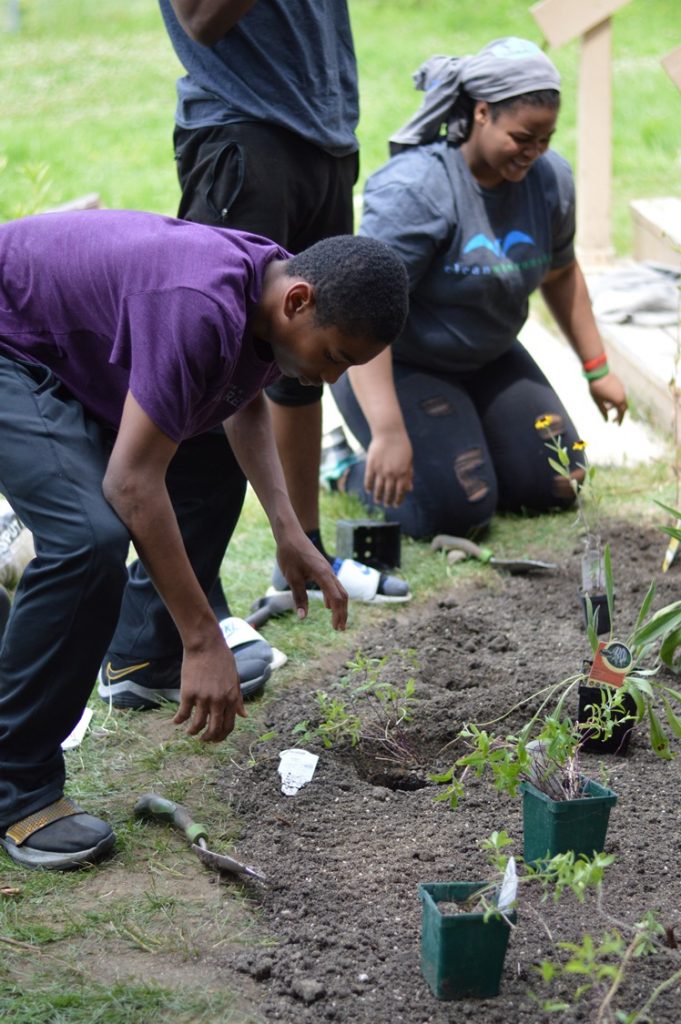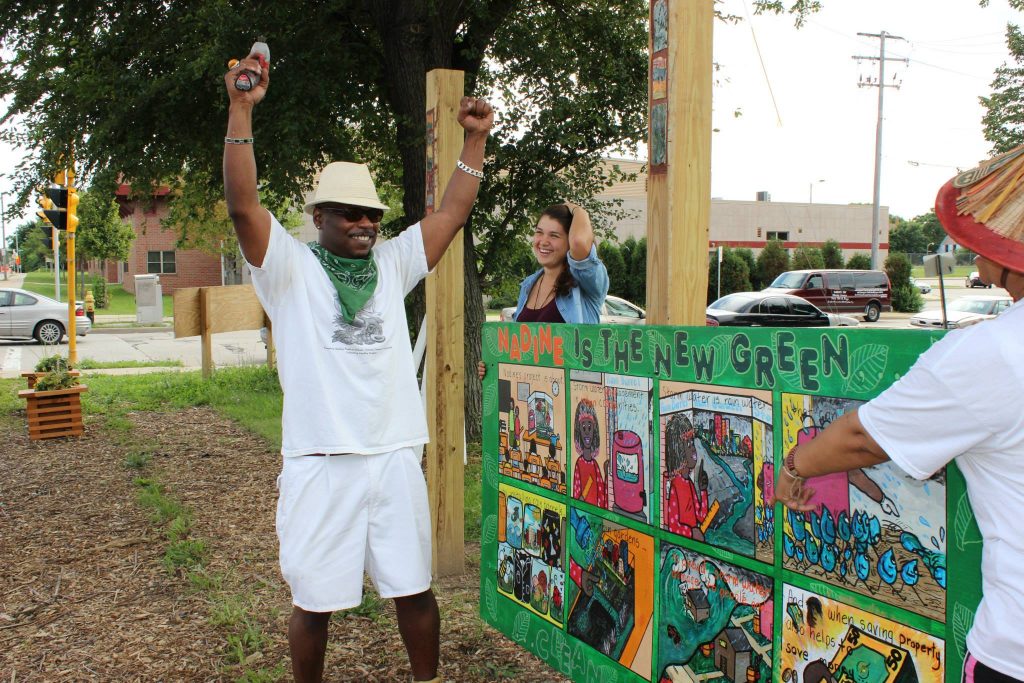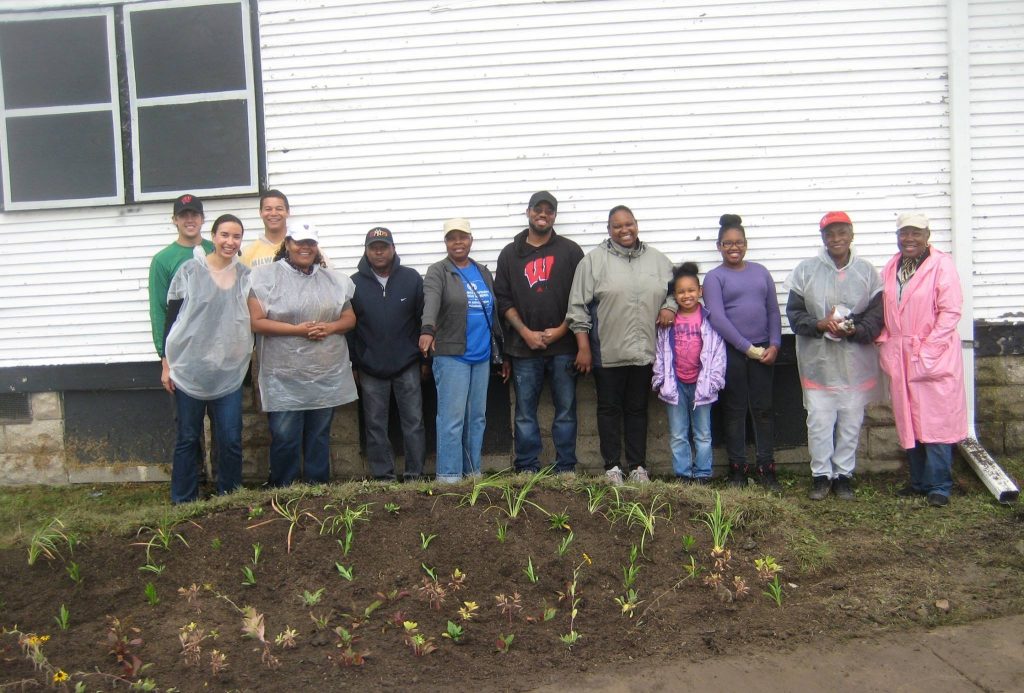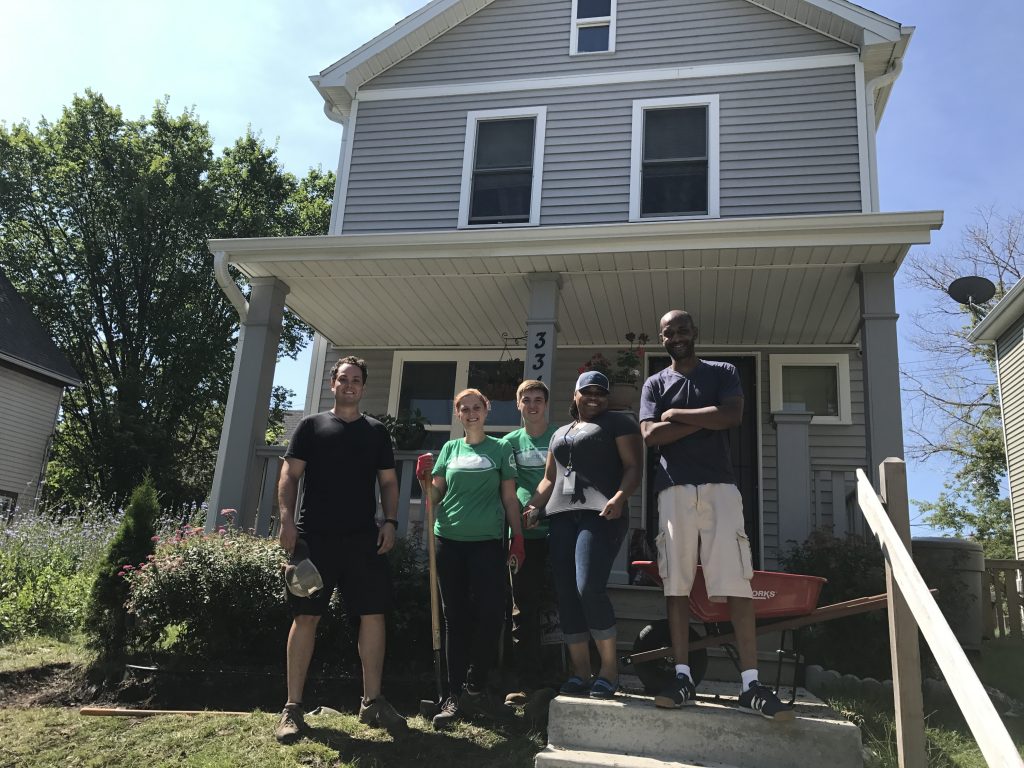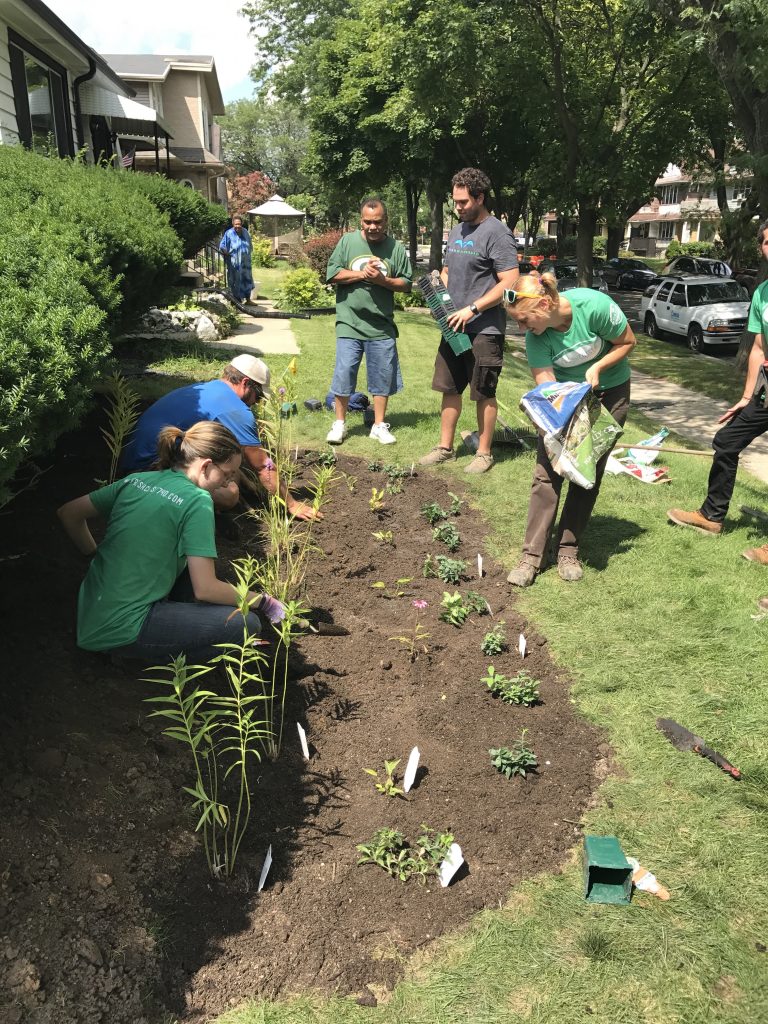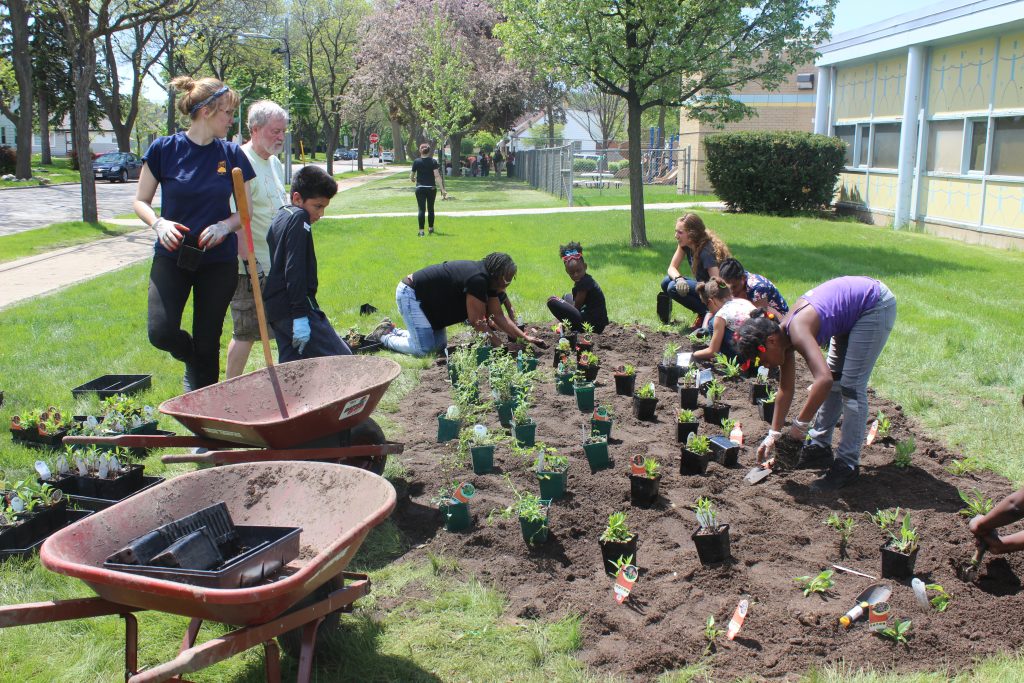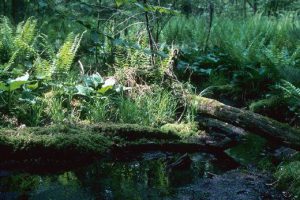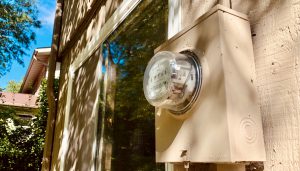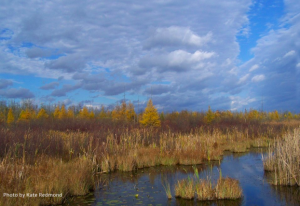Green Infrastructure Workshops:
Scaling up green infrastructure in the Milwaukee area and across the state requires all stakeholders to understand its multiple benefits, the best practices for their site, and how to successfully fund and install green infrastructure. Clean Wisconsin has now organized multiple workshops for potential implementers of green infrastructure, from residents, community organizations, and houses of worship, to municipalities, developers, and businesses. The workshops present an important opportunity for people to learn about regulatory changes and funding opportunities, and they provide a critical learning opportunity for potential implementers of green infrastructure to learn about it from their peers.
Updating Local Codes and Ordinances
Green infrastructure practices continue to gain popularity and are increasingly used on private and public property to help manage rainwater where it falls, reducing stormwater pollution and flood risk. However, these practices remain relatively new, and many local zoning, stormwater, landscaping, and other municipal codes and ordinances must be updated to enable and encourage the use of green infrastructure. Clean Wisconsin, in partnership with MMSD, the Southeastern Wisconsin Watersheds Trust, Birchline Planning, and the Wisconsin Department of Natural Resources, helps municipalities update their codes and ordinances to both allow and better integrate the use of green infrastructure in our urban and suburban landscapes.

